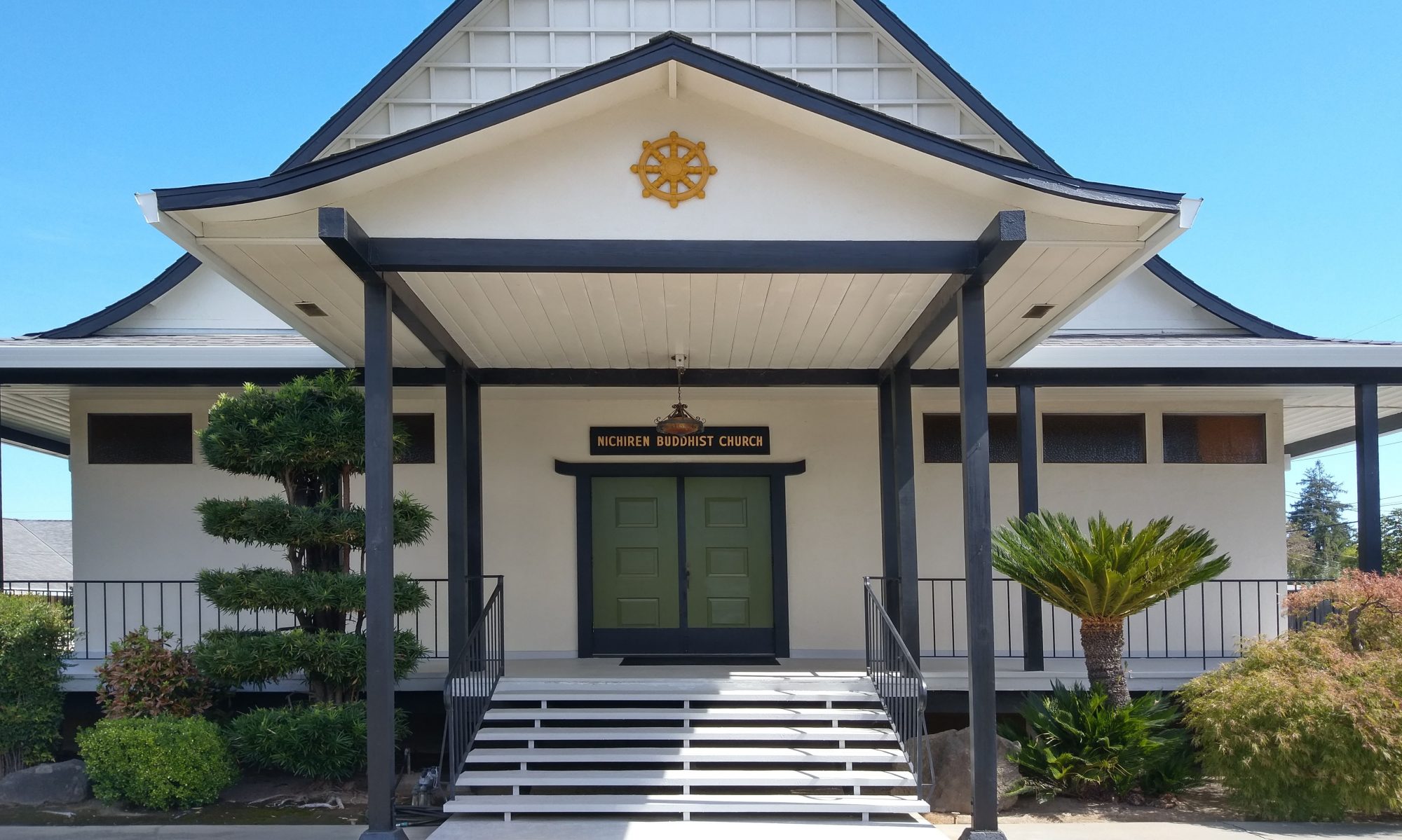Many miso (soybean paste) companies have been using the modern method of making miso, which is significantly different from the traditional methods that have lasted for hundreds of years. With the demand surpassing the supply of miso, the factories are rushing to meet this demand by speeding up the process of making miso. The time used to mature the miso has decreased, leading to the loss of the desired flavor that the Japanese are so accustomed to. Therefore factories have been adding glutinous malt-sugar to imitate the natural sweetness. Traditional methods of making miso however have not been completely lost. Old miso companies have continued to make miso by letting it sit for the desired amount of time in the traditional big barrel. The sign of this old method is seen by the remains of the mold that is used to ferment miso from the rice, barley, and soybeans, left on the walls of the shacks where the barrels are placed. Mold from the previous batch of miso is included in the new batch to further draw out the desired flavor. The malt-sugar is not enough to bring out this flavor.
The same can be said about the sutras that I chant daily inside the temple. Just like the mold, every time I chant the sutra, each Chinese character stays inside the temple and does not disappear. Each character is essentially a Buddha. When you come to the temple, each Buddha enters your spirit and provides you benefits and guidance in your life.
Nichiren Shonin mentions in one of his teachings the story about a famous Chinese calligrapher named Oryou and his son, Iryou. Oryou did not approve of Buddhism, especially the Lotus Sutra and therefore never wrote any sutras. At his deathbed, Oryou made Iryou vow never to write any sutras even when he became a famous calligrapher. After some time, just like his father, Iryou acquired respect as a calligrapher by many, including the emperor of China. The emperor that had gained an interest in Buddhism desired to have the sutra written by Iryou. However, having vowed never to write any sutras, Iryou refused the job, but in the end, was forced to fulfill the emperor’s wishes. Iryou wrote the sutra with regret and remorse for having broken his promise with his father. He cried in front of his father’s grave and eventually fell asleep in front of the tombstone. In his dream, he saw his father who approached him to tell him, “I have fallen into the suffering world and have been trapped in this world of darkness for having rejected Buddhism. At first, I tried calling your name many times, but you were unable to hear me. Then one day, I saw a small light in the distance. I walked towards the light and saw that it was a Chinese character. In hesitance, I asked what it was. It answered, “I am ‘myo’, one of the Chinese characters of the sutra that your son wrote.” The light was a Buddha. The light continued to accumulate and many more appeared. Thanks to the sutra that you wrote, I was able to escape from the suffering world due to the light that Iryou, you provided me.”
Similar to this story, each Chinese character is guiding us and helping us to make benefits. The next time you chant the sutra, please try to think about the significance of each character that you are chanting and this may help in your own practice of Buddhism.
Ven. Kenjo Igarashi
September/October 2020
